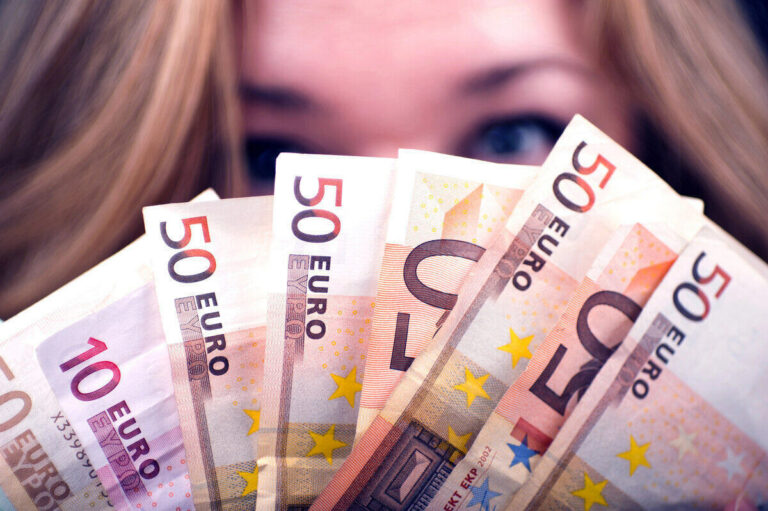forint
Spontaneous euroisation continues in Hungary: people tend to choose foreign currency savings

National Bank talks about risk of a higher inflation, unanimously decides about base rate

New Hungarian central bank governor signs first banknote

Delightful news: Forint at a five-month peak against the euro

Long unseen: EUR/HUF rate falls below 400

Hungary’s economic outlook for 2025: here’s what experts have to say on inflation, forint exchange rate

Trend change to come after forint strengthening, experts say

Hungarian media: too expensive Hungarian forint coin may be withdrawn

Rapid appreciation: Hungarian forint surges to 4-month high against euro and dollar

Grim predictions for Hungarian economy in 2025: inflation and EUR/HUF 420 exchange rate

PM Orbán sets out Hungary’s position on euro adoption

Hungarian forint continues its freefall, faces two-year low against USD

Will the long-awaited adoption of the euro in Hungary remain a dream?

Currency concerns: Is the EUR/HUF 500 exchange rate approaching in Hungary? – Here’s what the experts say

New Hungarian real estate trend: Slowly shifting to euro pricing?

Skyrocketing fuel prices in Hungary: Among the most expensive in the region – again

Is the Hungarian economy set to revive in 2025 after years of stagnation?





 ZH
ZH IT
IT DE
DE HR
HR NL
NL FR
FR JA
JA RO
RO RU
RU ES
ES TR
TR
